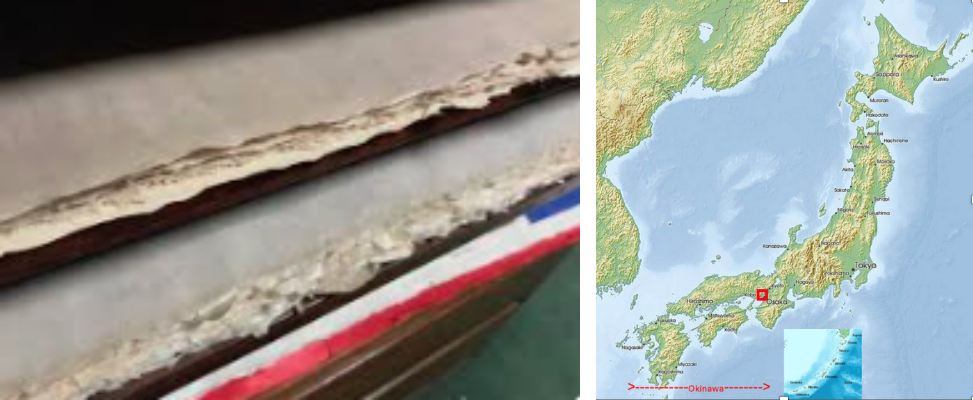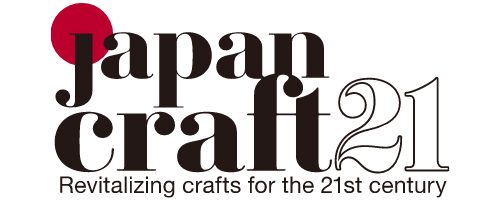⚫︎ 名塩紙 / Najio Kami

西宮の北部、武庫川上流、名塩川に沿った名塩の里に、越前から抄紙技術が伝わったことから始まったといわれています。雁皮に名塩周辺から取れる泥土を混入して漉くという技法により、シミができにくく、変色しないという特長があり、江戸時代には日焼けせず長期保存に耐えることができるため、藩札の地紙、高級な襖や屏風の上張り、下張り用として需要が多く、名塩は「名塩千軒」と称されるほどの繁盛ぶりでした。
Najio Kami began when papermaking technology was introduced from Echizen to the village of Nashio in the northern part of Nishinomiya, upstream of the Mukogawa River, along the Nashio River. Due to the technique of mixing the goose skin with mud from the area around Najio, it is difficult to stain and does not discolor. In the Edo period, it can withstand long-term storage without sunburn, so it is in high demand for the base paper of domain tags, the top and bottom lining of high-class sliding doors and folding screens. Nazio was so prosperous that it was called "Najio Senken".




